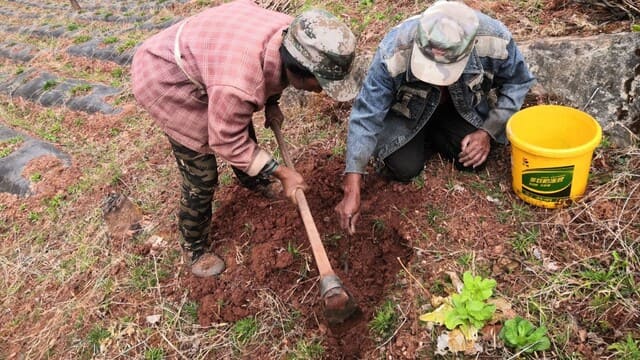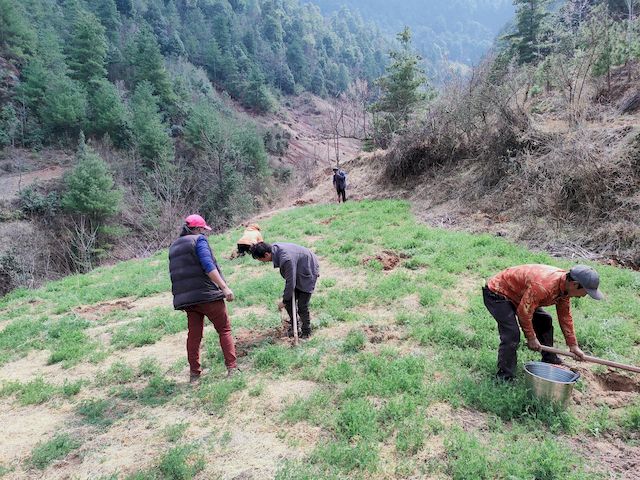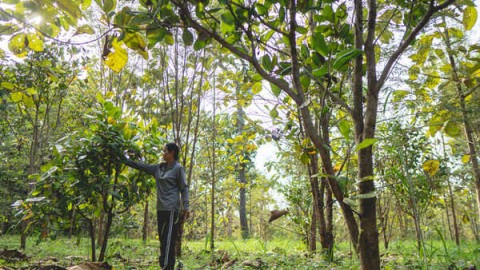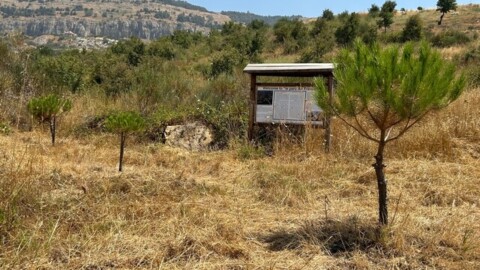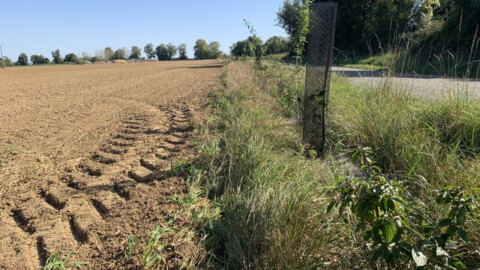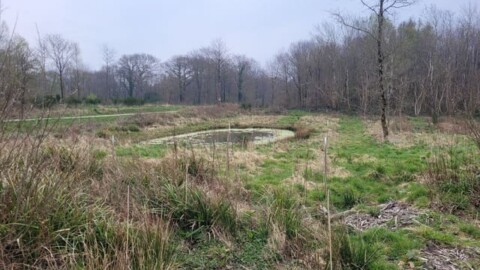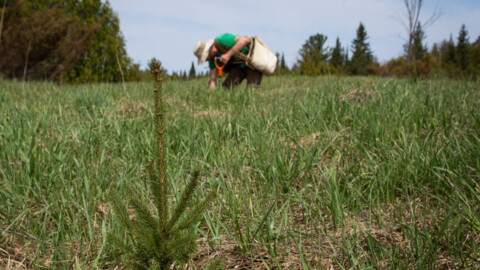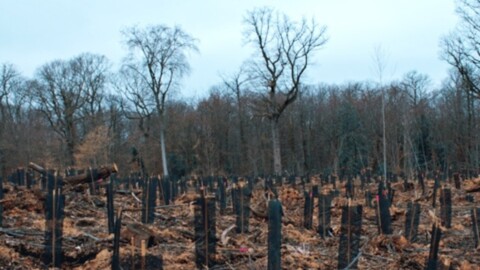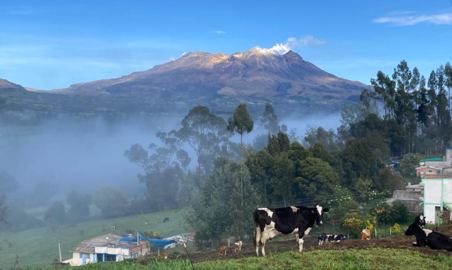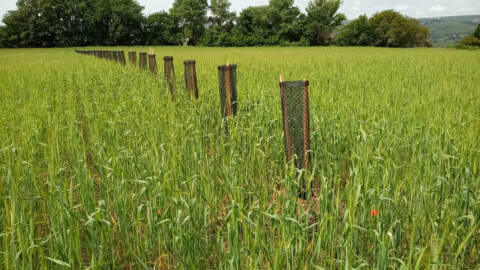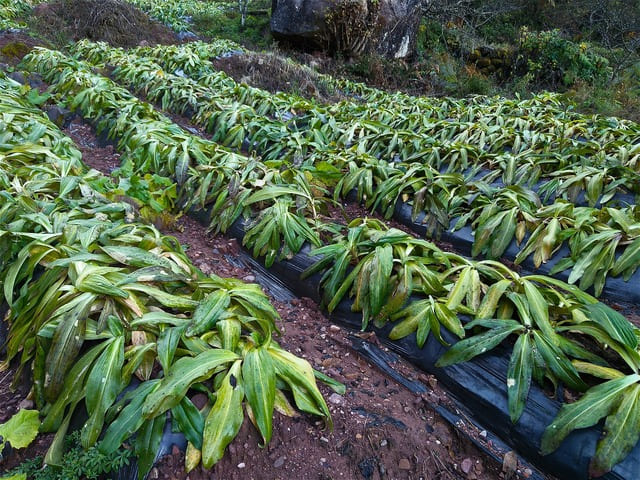
Liming, China, February 2024
Summary of project goals
In 2021, A Tree for You launched a donor fundraising campaign to support the Liming II project helping the Lisu and Naxi ethnic minorities in China.
The aim is to obtain 5,073 long-lasting trees at the project end, in addition to medicinal plants and cover crops. Four medicinal plant species and 19 tree species have been planted, including eight economic fruit species and 11 environmental tree species.
This project is helping tackle severe soil erosion in the region, contributing to regenerating water resources, enriching the surrounding biodiversity, and generating extra income for local inhabitants through sales of medicinal plants and harvested fruit.
This project follows an initial planting operation in 2020, backed by A Tree for You, in the village of Liming.
Project status, 18 months after tree planting in Liming
By 2022, 5,190 trees had been planted on land belonging to 11 farmers’ farms, thanks to funding from A Tree for You donors.
In addition to providing the farmers with monitoring and support, two monitoring visits on site assessed the survival rate by species of the trees planted. Following the first monitoring visit, 200 trees were replanted in 2023. Chinese wild peach and white pine, plus Yunnan pine were chosen since they resist well to local weather conditions. A tree survival bonus is offered to beneficiaries who take good care of their trees well and which, as a consequence, show a good survival rate. This incentive was paid out to 11 farming families in February 2023. It is one of the tools used to consolidate the links created with the partner farmers and ensure project continuity.
The second monitoring visit indicated a slightly lower survival rate than expected, which is down to two key factors: firstly, the project region suffered from severe drought in 2022 and 2023, which caused mortality of the more sensitive tree species. Secondly, during the planting phase in 2022, seedlings of tree species like Wild Cherry and Yunnan Yew were transported from a nursery located some distance from the planting sites. The roots were consequently damaged during transit, which had an impact on the durability of these species. Precautions have been adopted to prevent this from happening in the future.
This second visit was also an opportunity to gather testimonials from beneficiaries involved in this Liming II project. They said they were delighted to participate and to have received trees for free, which, when more mature, would help them limit erosion of their land and generate additional income. Indeed, the Sichuan pepper tree is especially popular for its generally high and stable yield. This species is expected to be productive by 2025. Some farmers have also noticed that having these trees growing on their farmland, based on an agroforestry model, increases yields and improves the quality of certain crops like tobacco.
All project participants have been given training in tree-planting techniques. Further training in tree pruning, fertilizer management, and disease and pest control will be provided over the coming years, once the trees are sufficiently mature.
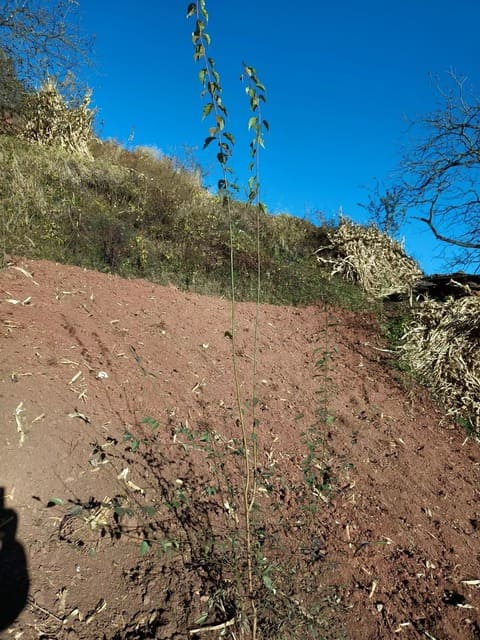
Follow-up on two complementary tree-planting projects
To meet the needs of the beneficiaries, two complementary projects have been implemented thanks to funding from A Tree for You donors.
Firstly, medicinal plants were planted between 2021 and 2022. These were distributed to farmers in the form of seedlings, seeds, and tubers, depending on the species. They developed well and withstood the drought.
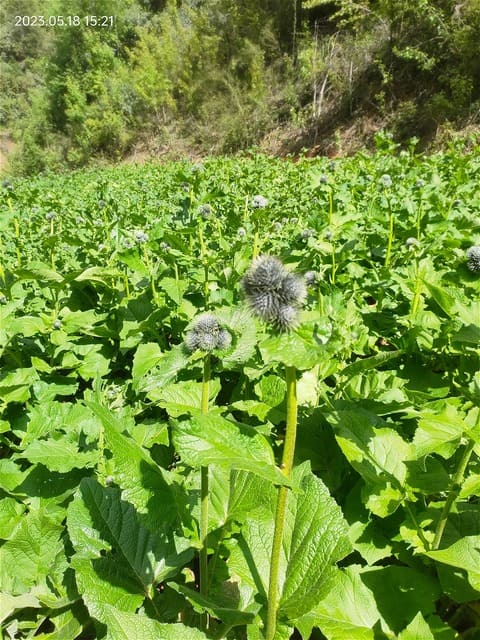
The second complementary project is an experiment to measure the improvement in soil health on two plots of 0.17 and 0.28 hectares. It involves planting cover crops and trees of three different species on slopes. The survival rate of these trees is high, except for the Cherry trees which were also transported from a nursery further away than the others, damaging their roots.
In addition, both farmers were supplied with cover crops. Alfalfa and beans were then planted in 2021, and peas in 2022. These were cut back to feed cattle and grow corn in 2023. Peas should be planted again in 2024 to continue the experiment.


